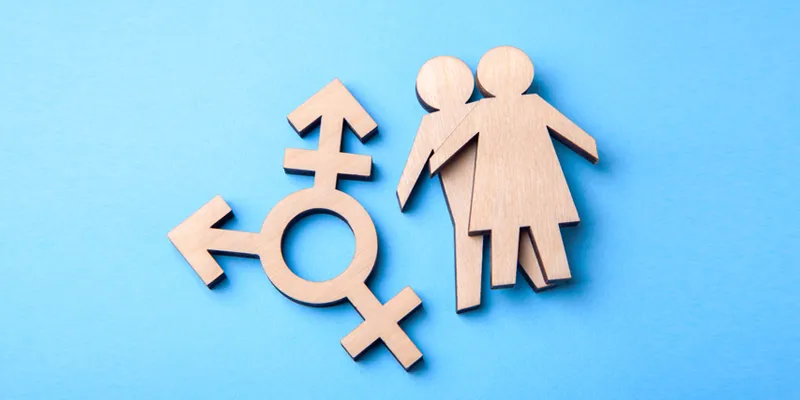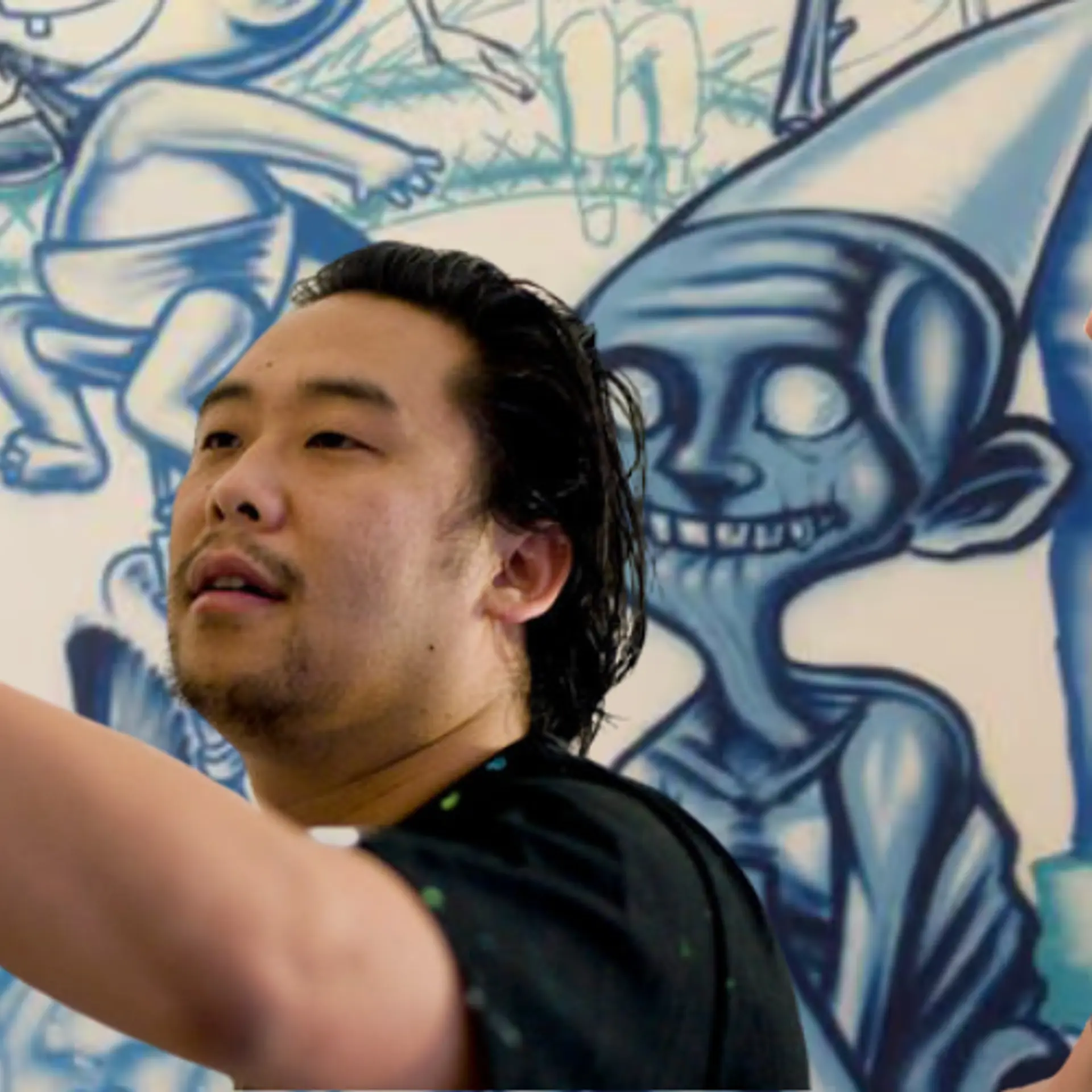We need men as allies and not adversaries if we want to achieve gender parity
Until and unless men become allies in the fight for gender equality, women can’t achieve individual empowerment. And collective improvement will elude society as a whole, not just women.
We are fortunate to live in a time when conversations around gender diversity have become mainstream. There is enough dialogue about needing this more, yet this doesn’t reflect in ground realities. The pace of change is like the movement of an iceberg. Extremely slow. It is said that it will take 108 years for the world to reach gender parity at this rate. Why is this so?
This may be because many consider gender discrimination in the workplace to be an issue solely for women, so society puts the onus on women to do all the hard work to correct this injustice.

There are a number of initiatives geared towards women - networking, participating in mentoring programmes and an endless list of things women should do. This begs the question – what about the men?
In the patriarchal world we live in, where men invent and run systems, they must want to change if we are to achieve lasting equality. Even today, a staggering 95 percent of leadership positions across the largest public companies in the world are held by men. To rely solely on women to subvert the practices and structures that maintain the status quo is an illogical approach when the site of organisational power resides in the hands of men.
So, until and unless men become allies in the fight for gender equality, women can’t achieve individual empowerment. And collective improvement will elude society as a whole, not just women. The findings from a 2017 BCG Gender Diversity Survey state that 96 percent of the companies where men were actively involved in gender diversity initiatives, reported progress. Among companies where men were not involved, only 30 percent showed progress.
What are the next steps, you may then ask?
Well, in a flawed and fractured society that enforces harmful gender stereotypes, the motivation to overcome one’s own cognitive biases and conditioning have to be powerful. In order to move men from interest to action, we have to start including them in conversations of equality because they will only change what they believe in.You see, as long as women remain the Other, men will remain friendly onlookers more and active participants less.
So, while we start piercing through the sub conscious biases that keep men from offering help maybe one way to push this is by reminding them that an equal society is good for an organisation’s wallet too.
Equality pays. Literally.
Boston Consulting Group (BCG) breaks down the rewards of having an engaged female workforce in a 2016 report, which states that companies with a zero gender gap experience high levels of engagement from both its male and female employees. Such companies enjoy 20 percent higher profits than companies with low employee engagement scores.
Since low gender gap and high levels of inclusivity are critical factors in a company’s success, leaders and managers have it in their best interests to champion gender inclusivity in the workplace. Let’s discuss in detail how.
· The first, and foremost way to do this is just by listening., and start an open and non-judgemental flow of communication designed to address the needs of women employees. In another BCG survey, 91 per cent employers reported making investments in gender diversity programs. Yet only 27 per cent women admitted to personally benefitting from the programs. Hasty implementation of perceived solutions is not the answer. Registering the actual needs of women employees, which BTW an organisation is very bad at doing (remember its run by mostly men) is the way to go.
· Supporting flexible work policies will contribute to a more gender balanced workforce. Part-time employment, remote working, job sharing and unpaid vacation time should not be the privilege of mothers with young children alone. Leaders should offer these benefits to men too who should utilise these opportunities to help normalise their usage.
· It takes very little to respect the space and dignity of women in the workplace. Modelling the right kind of behaviour to create a safe work environment is non-negotiable when wanting to retain and engage women employees. Treating them as you would want to be treated is a decent start. It’s a good call to analyse innuendos and jokes that may seem harmless to youbut will make female colleagues uncomfortable. Speaking up if someone else is indulging in crass behaviour or jokes that create an unpleasant atmosphere is a crucially allying activity. Silence signals complicity.
· Women are aware that they will be labelled aggressive or abrasive for displaying the same traits of assertiveness and frankness that will get male employees complimented and rewarded. Others have accepted social conditioning that prevents them from speaking up in meetings. One of the most valuable things a good male leader can do is to ensure women have sufficient opportunities to speak. And that they are not constantly getting talked over and interrupted. And that they receive the credit for the point they originated, not someone who talked the longest on it.
· Similarly, during appraisals, women should be judged on their actions and not personality traits. Being meek and soft-spoken is no indicator of lack of talent and skill. Our subconscious minds are wired to perceive the world at face value and it’s here that we dole out many injustices to those who don’t tick the right boxes of appearance.
· Last but not the least, men, get involved! Jump into the Lean-In circles, the gender parity discussions, the networking groups, the drinking parties and everywhere else where equality is the central concern. Actively take part in programs and discussions promoting inclusivity. Educate yourself and create awareness and be an ally in the true sense of the term.
As `Abdu’l-Bahá' said, “The world of humanity has two wings – one is women and the other men. Not until both wings are equally developed can the bird fly. Should one wing remain weak, flight is impossible.”







